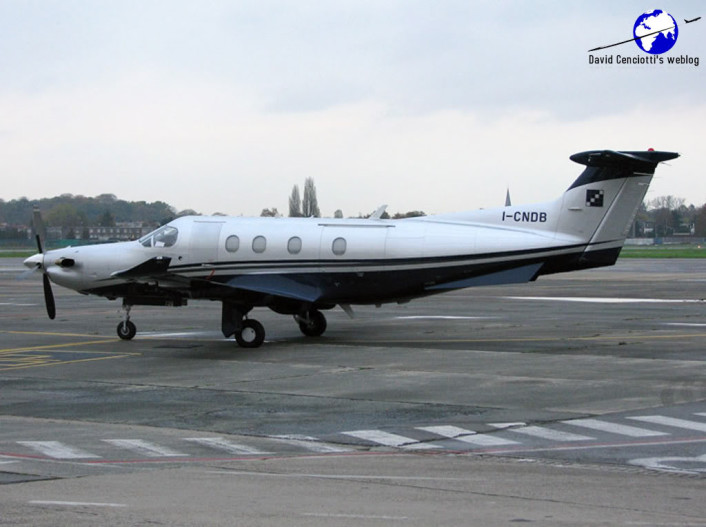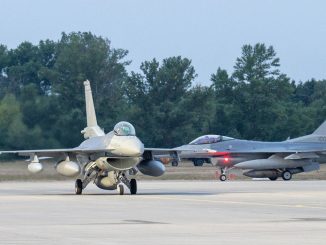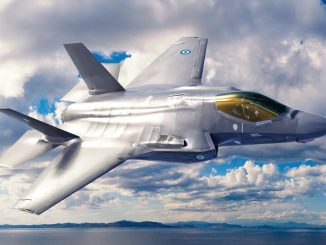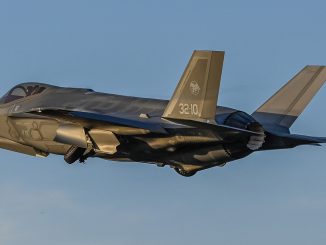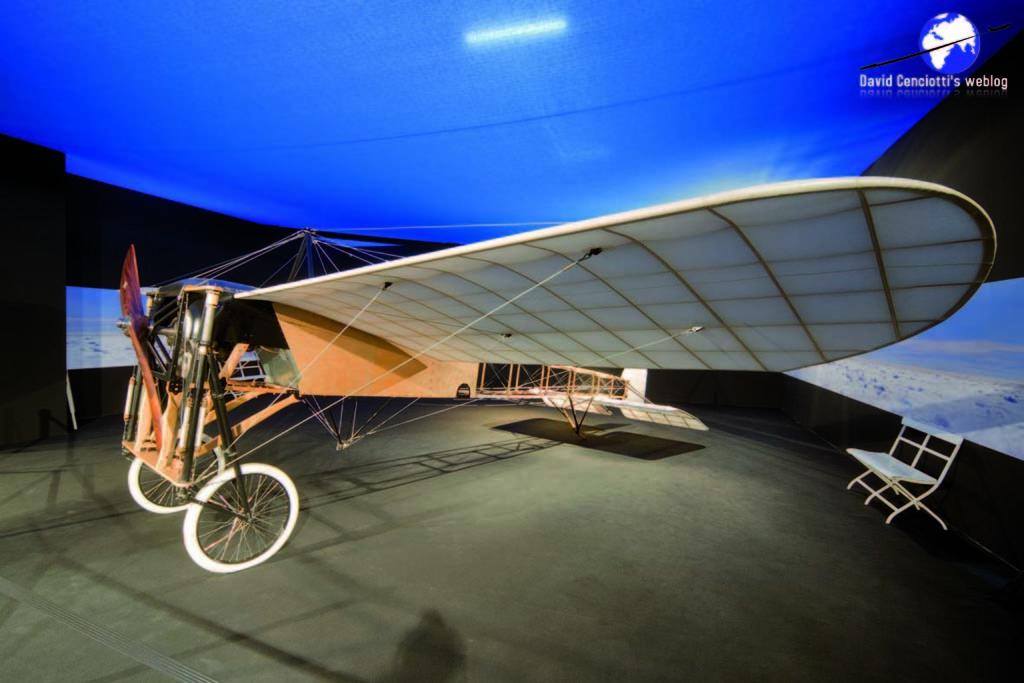
On Oct. 16, 2010, Volandia museum hosted a conference about Jorge Chávez (known as Geo Chávez) who, on Sept. 23, 1910, performed the first flight across the Alps. The conference aimed at analysing the tecnical, historical and scientific details of the historical flight, was one of a series of events organized to celebrate the 100th Anniversary of the Chavez’s achievement.
Simone Bovi (who’s also the author of the below pictures) explains:
On 23 September 2010 a Pilatus PC-12 (I-CNDB) with Captain Gianni Dameno and copilot Claudio Tovaglieri on board, took off from Milan Malpensa to commemorate the Chàvez’s first solo flight across the Alps.
The aircraft, after reaching Raron airport (a former military airfield near Briga, Switzerland), landed in Domodossola where the crew, after taking the Chávez original worn flying helmet, brought it to Linate airport (former Taliedo airport where Chávez should have landed), thus accomplishing, a century later, the original flightplan planned by the Peruvian aviator.
Geo Chávez, at the age of 23, joined the “Gran Premio della Traversata delle Alpi” (Crossing Alps Gran Prix) in 1910, a competition established during the “Circuito Aereo Internazionale” of Milan. At that time the rules of the race forced the participants to fly the route Brigue (Switzerland) – Domodossola – Sempione – Stresa – Varese – with the final arrival at Milan Taliedo (now Linate airport) within a limited time of 24 hours.
On board his monoplane Blériot XI, equipped with a 50CV engine, Chávez took off from Briga and flew over the Alps inbound to Milan. His flight ended tragically at Domodossola where, from an altitude of 20 mt, the plane crashed on the ground following a sudden structural collapse. Heavily wounded, Chàvez died four days later at the hospital”.
Even if he didn’t succeed in reaching Milan and winning the Gran Prix, he was the first to fly across the Sempione with an aircraft. On Jan. 25, 1913, another Peruvian pilot, Giovanni Bielovucic, flew the same route landing next to the gravestone which marked the place where Chávez had crashed. However, nobody remembers him. His historical flight had a tremendous impact on aviation of that period and both Italy, France, Switzerland and Peru rendered honours to the unlucky pilot. Squares and streets were named after the Peruvian pilot in Italy, Switzerland and France (in Paris, a sculpture was raised at the Ecole d’électricité, that was attended by Chávez); Domodossola and Brigue, the start and end of his last flight, dedicated monuments to the lost aviator while Alitalia named after him a B747, the I-DEMU, that flew with the Italian airline from 1971 to 1981.
In November 1910, Giovanni Pascoli, one of the greatest Italian poets of the ‘900, mourned Chávez in a poem calling him “Uomo Alato” (“the Winged Man”).
In Peru, Chávez became an icon for aviation. His legendary words: “Arriba, siempre arriba” (“Up, always up) became the slogan of the Fuerza Aérea del Perú (FAP, Peruvian Air Force). A monument was raised for Jorge Chávez in Lima in 1937, where, in 1965, the international airport inaugurated in 1960 was named after him. His remains, initially buried in Paris, were repatrieted on Sept. 19, 1957 and currently rest at the Officer’s School of the Peruvian Air Force at Las Palmas airbase. The International Airport of Lima, inaugurated in 1960, is named after him. For many years, a life-sized replica of Chávez famous Blériot XI monoplane was on display at the air terminal.
